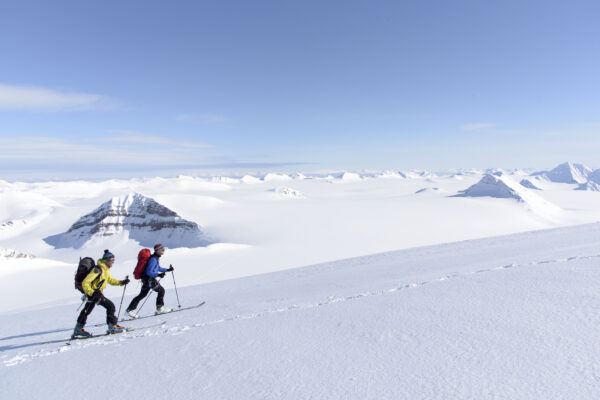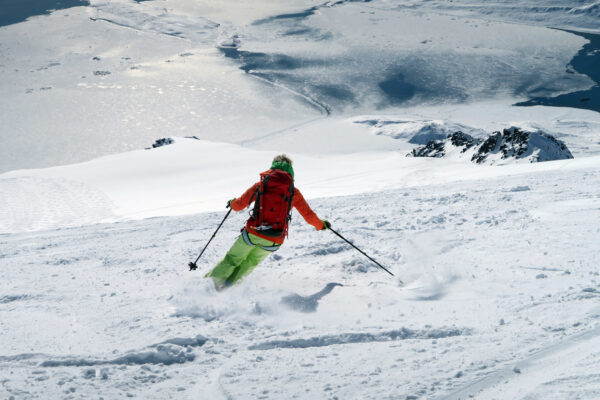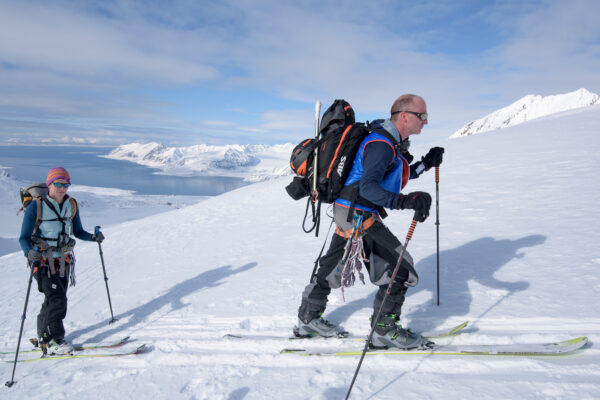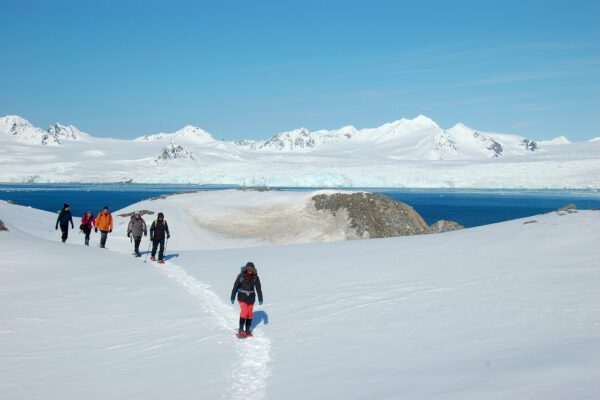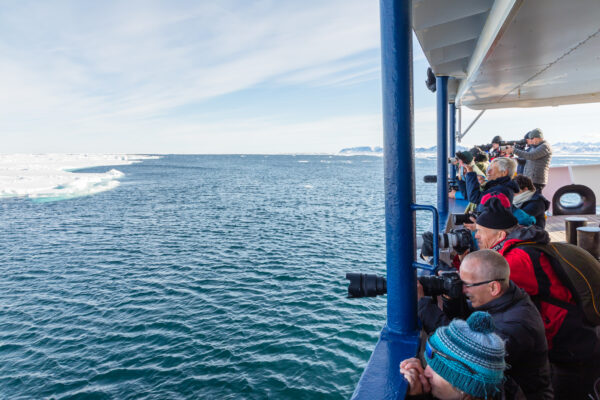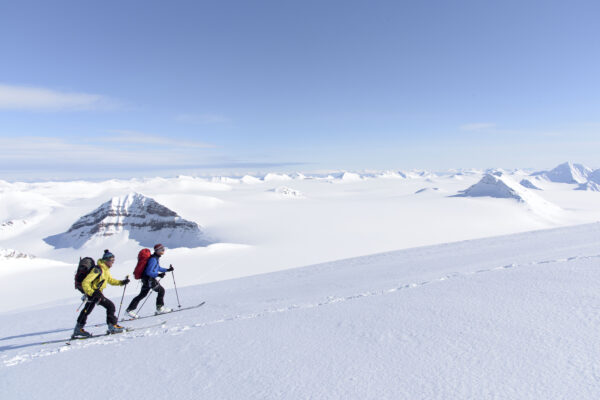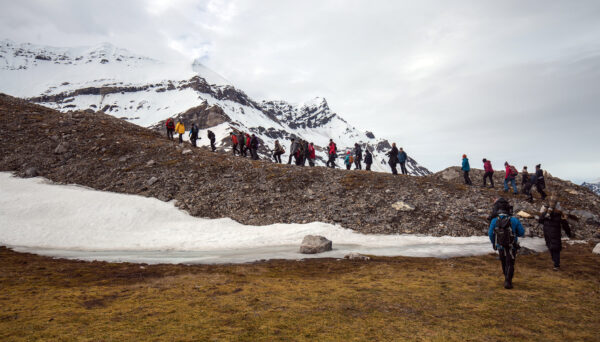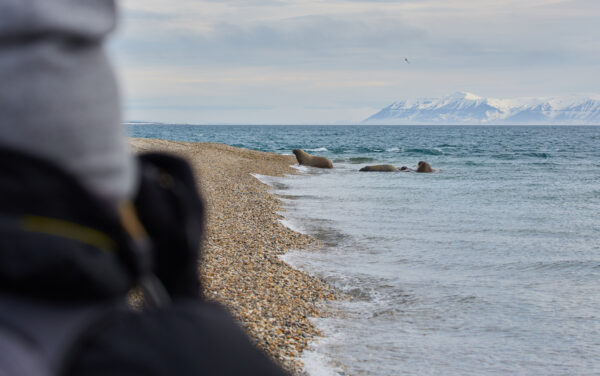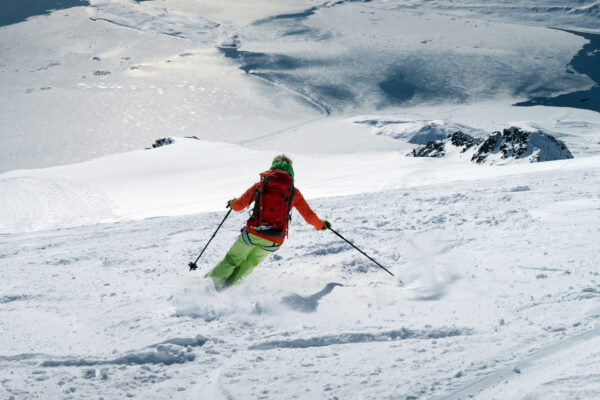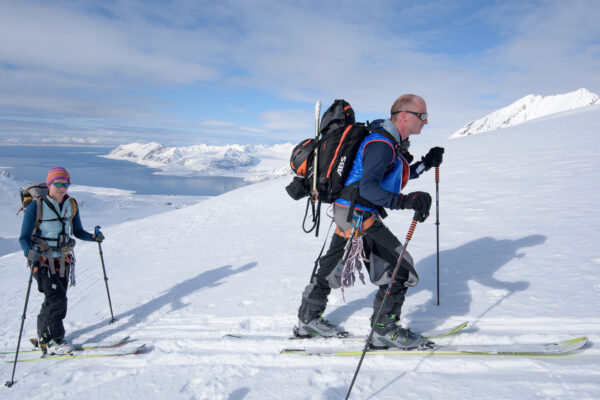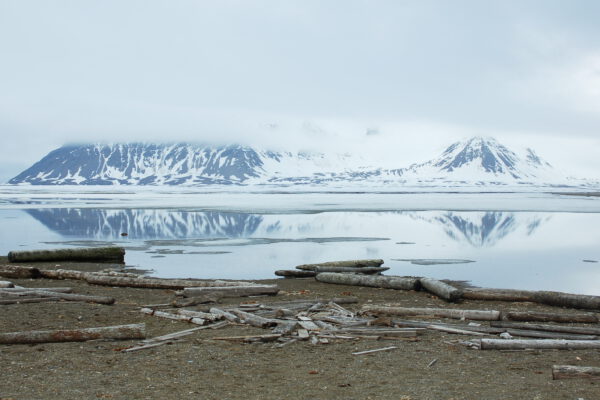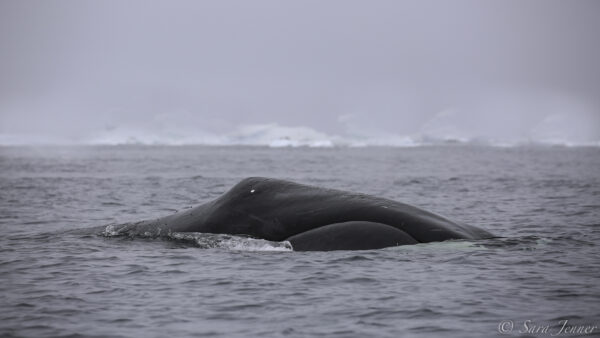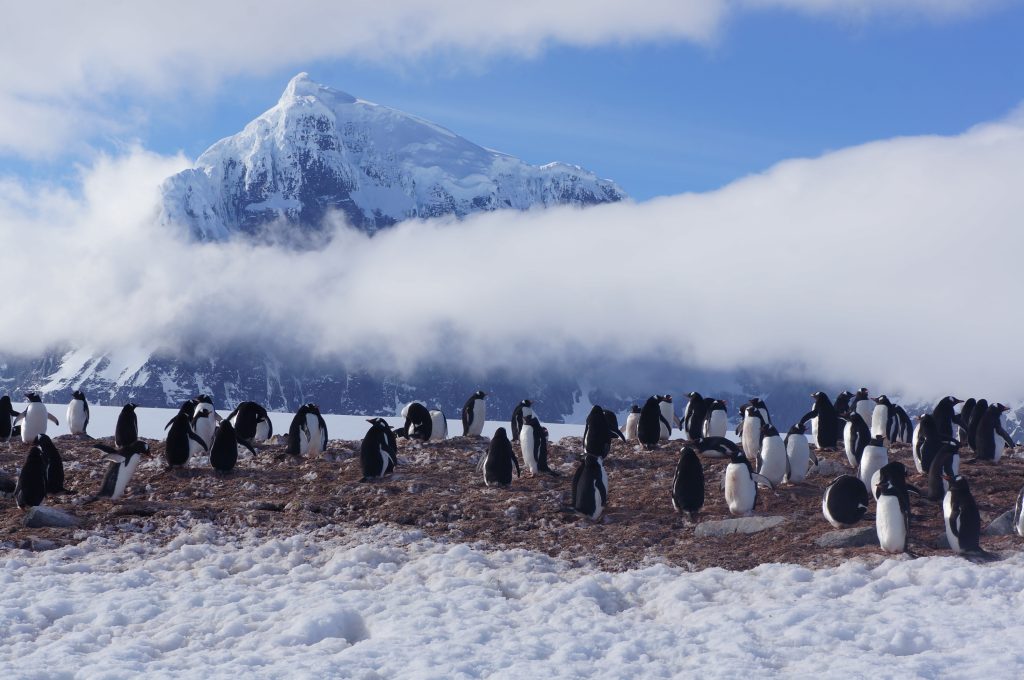If you are wondering when you should go to Antarctica, it depends on what your intentions are for the trip. If you are going on vacation to simply explore the wildlife and scenery, you should go in the summer. If you are going to research, you will likely be there year-round and will experience the most extreme climate on planet Earth. Either way, you should know what it will be like when you go to help you prepare both physically and mentally for the world of the Antarctic. Our goal is to help you decide when you should book your trip, and what you will be getting yourself into depending on which month you visit!
Because of its location at the South Pole, Antarctica only has two seasons: Summer and Winter. Summer is the season during which cruises and excursions take place while winter is the harshest climate on Earth and only researchers are there during this time because the conditions are too harsh for flights or cruises.
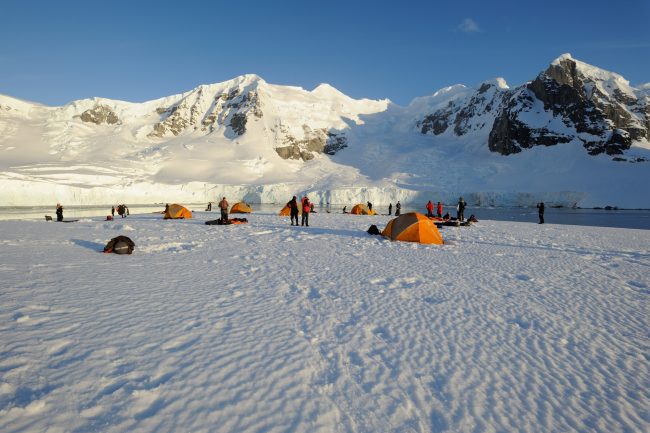
Summer (October – March)
Late October – November
If you choose to go to Antarctica during October, you will be one of the first visitors of the season!
Weather:
This will be the coldest time to take your cruise trip. Temperatures on the coast average 5 F (highest) and -10 F (lowest). Please keep in mind these are temperatures on the coast and further inland you go, the colder it will be. Daylight in October averages 14-17 hours, increasing to 18-20 hours in November.
What you will see:
October through November is the absolute best time to go if iceberg scenery is important to you. It is the best time to see Antarctica’s fresh snow and clear ice carry over from the wintertime. In South Georgia, the mountaintops are still capped with snow allowing for amazing photography opportunities. This is also the best time to go if you want to see breeding elephant seals!
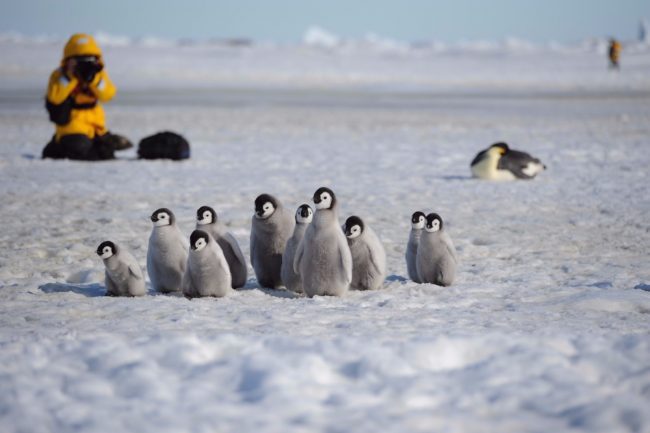
December – January
Weather:
These two months are the most popular times to travel to Antarctica as it is they are the warmest months. Daylight lasts 24 hours, temperatures start rising in December and in January they can break 32 F or higher in some areas.
What you will see:
Penguin chicks have just hatched! You will be able to get off the ship and get up close to these little guys in the Antarctic Peninsula. During this time, the parents go out to search for food so the penguin chicks huddle together until their parents return. Watch closely and you may get to see the little babies running to reunite with their parents. This is also the time of the year in which newborn seal pups can be seen out on the Falkland Islands and South Georgia. January is also the first opportunity at accessing the Ross Sea. You will be able to start seeing whales, another reason people love going during this time because you get a wide variety of experiences.
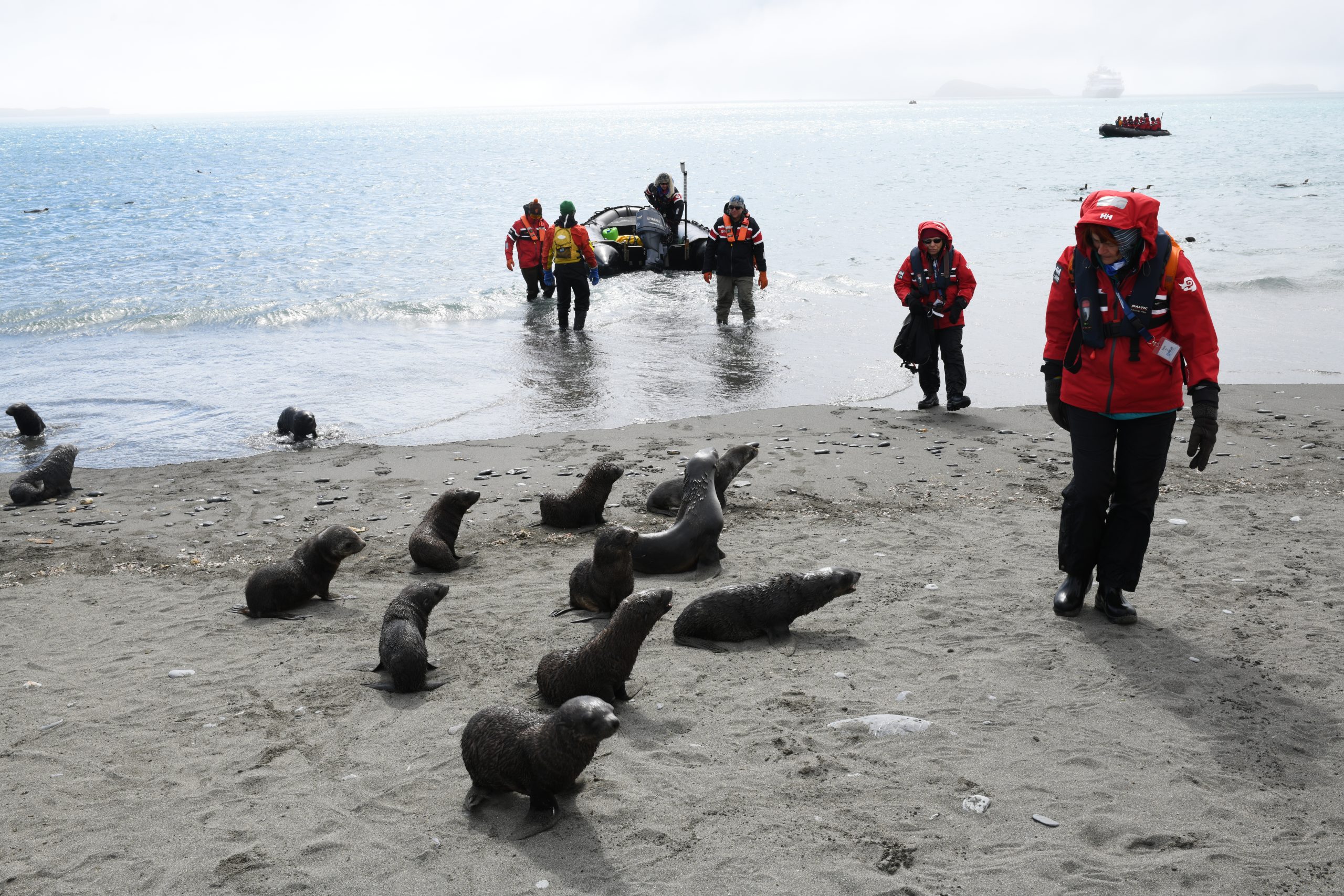
February – March
February is considered the last month of “high summer” in Antarctica meaning prices are at a premium when compared to March which usually has lower prices.
Weather:
Since this is late summertime in Antarctica, the average temperatures are still warm in February, but begin dropping in March. In February, the average temperatures are 34 F in the Antarctic Peninsula, 45 F in South Georgia, and 46 F in the Falklands.
What you will see:
If seeing wildlife is at the top of your to-do list during your trip, February is the time to go. During the most active wildlife month, you will get to see penguin chicks begin to develop wing feathers that are large enough for flight, meaning you will see them take their first attempt at swimming. You will also get to see their parents go diving for food for their babies, meaning leopard seals are out searching for prey. February and March are also the best times to see many whales including humpback, minke, and orca. If going to South Georgia during this time, you will see king penguins start laying their eggs which means you will also see the most birds here.
As the sun is out almost 24 hours a day, it melts some of the ice sheets allowing access to the Ross Sea which you may not get during any other time of the year. This is also the best time for Antarctic Circle crossing.
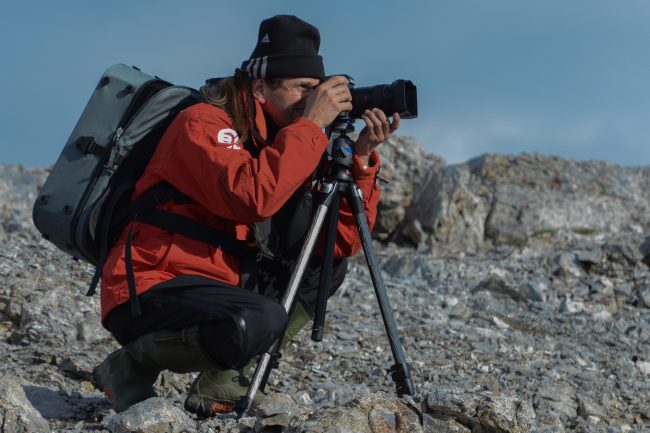
Winter (April – September)
During the winter, there is 24 hours of darkness. After the last ship leaves and the last flight takes off back to South America, anyone who is still in Antarctica is not leaving until October/November. If you do decide to stay in Antarctica during this time, please make sure you are mentally prepared as depression is a common side effect of the darkness as there is a Vitamin D deficiency.
Weather:
Early July is the heart of winter in Antarctica and temperatures actually get below -100 F, 50 degrees past the temperature at which gasoline freezes. Some researchers join the 300 Club by heating themselves in a 200 degree sauna and then running out into the -100 degrees Antarctic air. In 1983, the coldest temperature ever was recorded in Vostok (-89.6 C or -129.28 F). if you take into consideration the high altitude levels averaging 6600-8000 ft (the average for other continents is 2300-2600 ft), the conditions become much worse than you originally thought.
What you will see:
There are 3 U.S. research stations in Antarctica: the Amundsen-Scott South Pole Station, McMurdo Station on Ross Island, and Palmer Station on Anvers Island. In April, you will see gradual darkening of the sky so every day you will see more stars than you did the day before. If you are an astronomer, this would be exposure you would never get anywhere else! The moon during this time is out 24/7 so some say you can even see it change phases.
Interested in Antarctic travel, or want more information about Antarctica? Reach out to our team! We’d love to speak with you and answer any questions you may have, or assist you with booking your Antarctica cruise!

